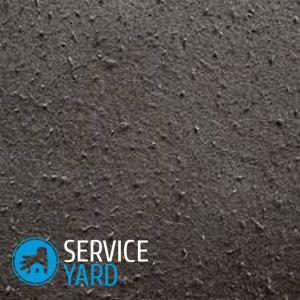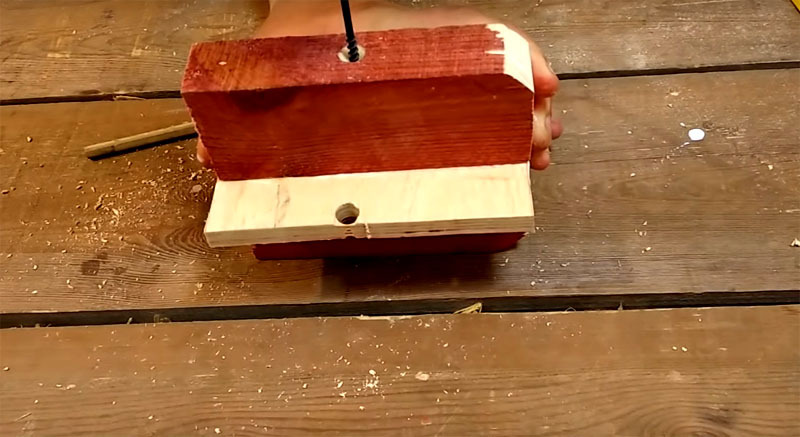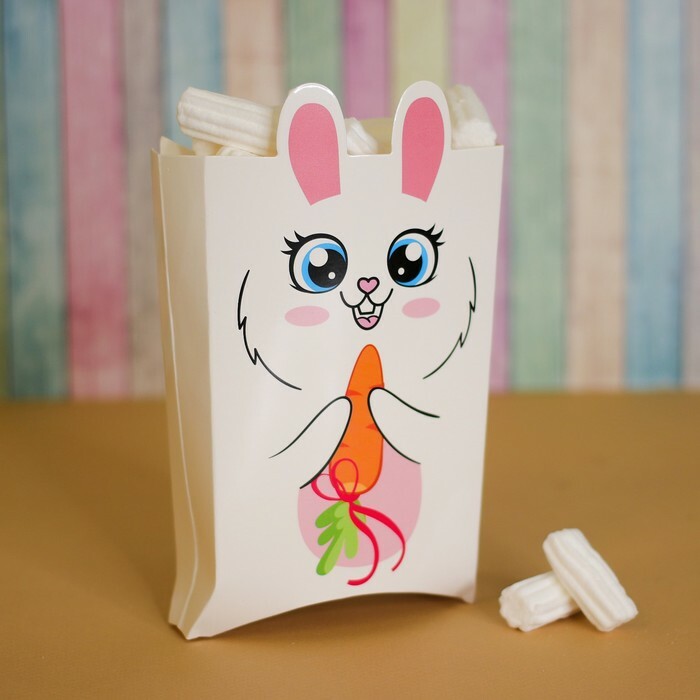
- Where do they come from?
- To the spools did not appear
- How to get rid of spools on clothes at home?
- Home remedies
Oh, these skates on clothes! It is worth it to appear, and the most elegant jacket looks as if it is suitable only for the garden. But do not immediately get upset. Spools, of course, can be considered the first sign of wear, but the life of a dress or trousers can be prolonged for a long time after such a symptom. There are several ways to remove the spools from clothes at home. We will discuss them now.
to the contents ↑Where do they come from?
Like other injuries, crochets on clothes are not formed by themselves. There are several main reasons for their appearance, and almost everything can be envisaged - either with the purchase or with the care of the thing.
When buying, you should carefully inspect the product and read what is written on the label, in the first place - the composition of the fabric. Spools will appear with a guarantee if:
- on the fabric with the naked eye, thread pulls are noticeable;
- product is made of too loose material;
- product is connected or sewn from natural material - most often wool;
- product is made of mixed fabric with a small percentage of synthetics.
Important! It should be borne in mind that on items made of synthetic materials, pellets appear extremely rarely, and it is easier to remove them than from woolen and mixed fabrics.
As for the reasons for leaving, there are only two:
- improper washing;The
- thing systematically rubs against any surface.
So that the pellets do not appear
Any disease is easier to prevent than cure. This applies to the pellets - with proper care, you do not have to mess around with scotch and scissors to remove the disgusting clots from the thing. Preventive measures are simple, but they must be undertaken systematically, otherwise there will not be any sense.
Washing mode
The choice of washing powder plays an important role. In the hardware store, pay attention to the detergents that soften the fibers of the tissues. This is usually indicated in the marking.
You, of course, may not like the smell of such a powder, but here it is necessary to choose what is more important: that the clothes smell pleasantly or that there are no pellets on it. However, it is easier to get rid of a specific odor than from pellets.
Important! Pay attention to the tissues for which the agent is intended, and also for what composition of water it can be used.
The second important point - observe the washing schedule. For fabrics on which spools appear especially often, use a delicate washing mode. Knitwear should not be rubbed and twisted. Not only that the spools from such treatment "multiply and multiply", so also the thing itself loses its form. Very useful means - conditioner, it prevents dumping of fibers.
Important! To iron knitted fabrics it is necessary according to the marking on the label - there the permissible temperature is indicated.
There should not be a lot of spools.
. You do not have to be a visionary to understand - it's much easier to get rid of a dozen spools than from a hundred. Therefore, follow the simple rule: remove the pellets as soon as they appear. Several twisted fibers can be removed even with scissors, a lot of time it does not take.
to the contents ↑How to get rid of spools on clothes at home?
Dear evening knitted dress, of course, it is better to put in dry clean. They'll clean it there and remove the spools. You should also do with the men's business suit. But you can try to get things cheaper at home.
There are several ways how to remove spools from clothes at home:
- special trimming machine for removing spools;
- manicure scissors;
- blade;
- adhesive tape;
- toothbrush.
Trash Remover
If you have a lot of knitwear, it's best to have such a machine. It takes up little space, is relatively inexpensive, you can buy it at any clothing store - and it will help you out more than once.
Advantages of such a machine:
- compact;
- the ability to adjust the position of the knife;
- security compared to other methods;
- is almost an absolute result.
Important! Using such a machine, you'll be able to quickly remove the spools from clothes at home, even if they already have a whole colony.
 It's not hard to use a typewriter. All technical specifications are specified in the manual, which, of course, it is better to read at once:
It's not hard to use a typewriter. All technical specifications are specified in the manual, which, of course, it is better to read at once:
- Place the thing on the table.
- Specify the area where you want to cut the pellets.
- Set the position of the knife( for thin fabrics, it should be closer to the surface of the material, for knitted products - further).
- Carry the machine from the top down( for example, from the shoulder to the hem), and then - in the opposite direction.
- In the same way, treat the next section and all subsequent ones.
Important! Do not forget to pour the pellets out of the container into the garbage bag after work. If the volume of the tank is small, and you decided to restore the appearance of several voluminous things with a large number of fused fibers, it is better to empty the container several times during operation. So the removal speed will be stable.
Nail scissors
If you have not got a typewriter yet, and the coils on the clothes have already appeared, you will have to use a manicure scissors. Not a very convenient way - slow and tedious, but with some patience and the availability of free time can be very effective.
Important! The drawback of this method is also the fact that we constantly have to make sure that the spools do not scatter and do not stick to the sofa or carpet.
As in the previous method, lay out the thing on the table. Carefully cut off all the pellets. This method is convenient, if the spools are still small.
Blade
The method refers to the category of extreme. It takes approximately the same amount of time as removing the spools with the help of a manicure scissors, but is somewhat more dangerous. It's easy to hurt yourself and damage your clothes.
Therefore it is recommended to use it when:
- spools are small;
- coils are large.
Scotch
Spools on clothes do not necessarily cut. The interlocking fibers adhere perfectly to the sticky surface and come off the fabric. In this case, there is no danger of damaging the material. The main thing is not to press the tape too much, because to some materials it can stick so that it will not tear off later.
What to do:
- Spread clothing on a horizontal surface.
- Apply tape and lightly press.
- Remove the sticky tape that should remain on it.
- Cut off the remaining pellets with scissors - no sticky surface gives 100% effect, this is the main drawback of this method.
Sticky roller
In fact, this is the same scotch, but on some round surface, such as a rolling pin or a bottle. It is easy to make such a device, it is enough to wrap an object with adhesive tape. Using a roller is more convenient than just an adhesive tape, but the effect is about the same, that is, the remaining pellets will have to be cut off anyway.
Toothbrush
With things related to fluffy yarn, it is better not to cut the pellets, but to comb. This is done with a toothbrush. This method of processing allows you to remove the twisted fibers, without damaging the pile.
To ensure that the sweater does not turn into something formless and tattered, follow the simple rules:
- the brush should be with a soft pile;
- to lead it must be strictly along the fibers;
- after treatment, the product must be washed in warm water, in which to add a few drops of vinegar.
Household tools
You can remove the coats on clothes with simple tools that you probably have at home. You will be useful:
- piece of bread;
- sponge for dishes.
Option 1
A piece of bread should be dried. This can be done in the oven. Roll the cracker to places where there is a large accumulation of pellets - they will all stick to the bread and separate from the fabric.
Option 2
As a "cracker" you can use a sponge for dishes - the best foam. The spools stick to it a little worse than to the bread, but they still stick. This method is very convenient for knitted products of their mohair and angora.
Important! After removing the spools, clothing needs even more careful care than before.
We hope you were able to choose the least time-consuming and effective way to remove the spools from your clothes at home. Accordingly - you managed to tidy your clothes with our advice, and an unplanned update of the wardrobe will not be required. Wear your favorite things with pleasure, without worrying about the twisted threads on the fabric.



